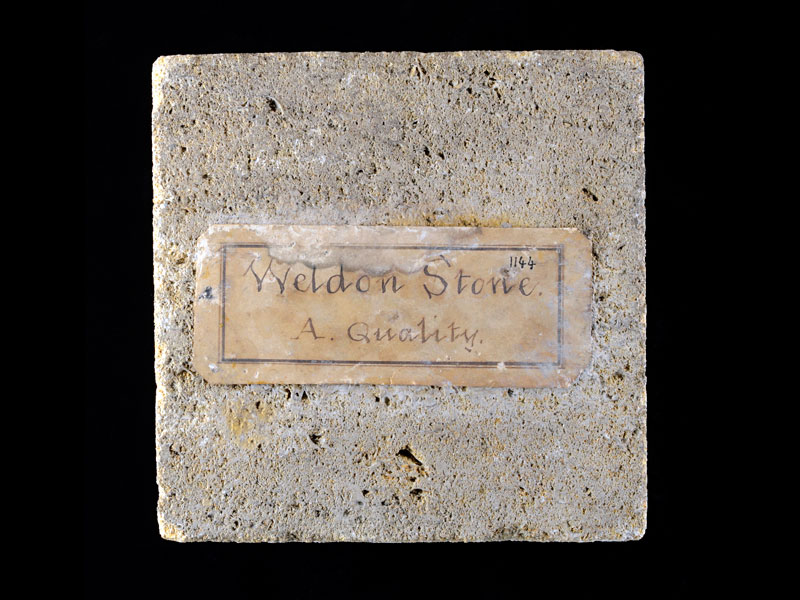

Other mansions which have used Bath Stone include: Gatcombe Park, Goldney Hall, Tyntesfield, South Hill Park, Spetchley Park. In 1860, the nearby Reading railway station, incorporating a tower and clock, was constructed by the Great Western Railway using Bath Stone, and the company also used it for Chippenham railway station. They are now listed grade II* by English Heritage. In Reading, the original building of the Royal Berkshire Hospital of 1839, together with the wings added in the 1860s, are built of Bath Stone, with slate roofs. Apsley House, the town house of the Dukes of Wellington, was remodelled by the 1st Duke, using in Bath Stone cladding over the original red brick. In London, the neo-classical Georgian mansion Lancaster House was built from Bath Stone in 1825 for the Duke of York and Albany, the second son of King George III, as was St Luke's Church, Chelsea in 1824, and several other churches, including Church of Christ the King, Bloomsbury, were built from the material. In Barnstable, the 1855 construction of Butchers Row used Bath Stone. Arno's Court Triumphal Arch was built from Bath stone in about 1760, and was later dismantled before being rebuilt in its current location.īath Stone was also favoured by architect Hans Price, who designed much of 19th century Weston-super-Mare. Bristol's Cabot Tower was also faced with Bath Stone. Much of Bristol Cathedral was built of Bath Stone, and the Wills Tower, which is the dominant feature of the Wills Memorial Building, is constructed in reinforced concrete faced with Bath and Clipsham stone. The stone was also used for the Dundas Aqueduct, which is 150 yards (137.2 m) long, and has three arches built of Bath Stone, with Doric pilasters, and balustrades at each end. Claverton Pumping Station at Claverton, which was built of Bath Stone in about 1810, pumps water from the River Avon to the Kennet and Avon Canal, using power from the flow of the River Avon.

The material has also been used widely outside Bath itself. Bath stone was taken from the Bath Oolite Member and the Combe Down Member of the Chalfield Oolite Formation, part of the Great Oolite Group. They frequently contain minute fragments of shell or rock, and sometimes even decayed skeletons of marine life. Rocks composed of ooids larger than 2 mm are called pisolites. Strictly, oolites consist of ooids of diameter 0.25–2 mm. That name derives from the Hellenic word òoion for egg. Under the microscope, these grains or ooliths ( egg stones) are sedimentary rock formed from ooids: spherical grains composed of concentric layers.
OOLITIC LIMESTONE ROCK SERIES
Layers of marine sediment were deposited, and individual spherical grains were coated with lime as they rolled around the sea bed, forming the Bathonian Series of rocks. Some quarries are still in use, but the majority have been converted to other purposes or are being filled in.īath Stone is an oolitic limestone comprising granular fragments of calcium carbonate laid down during the Jurassic Period (195 to 135 million years ago) when the region that is now Bath was under a shallow sea. An important feature of Bath Stone is that it is a ' freestone', so-called because it can be sawn or 'squared up' in any direction, unlike other rocks such as slate, which form distinct layers.īath Stone has been used extensively as a building material throughout southern England, for churches, houses, and public buildings such as railway stations. Its honey colouring gives the World Heritage City of Bath, England its distinctive appearance. Originally obtained from the Combe Down and Bathampton Down Mines under Combe Down, Somerset, England. The style and Bath stone used are typical of much of the city.īath Stone is an oolitic limestone comprising granular fragments of calcium carbonate. Great Pulteney Street, Bath, looking West towards Pulteney Bridge.


 0 kommentar(er)
0 kommentar(er)
